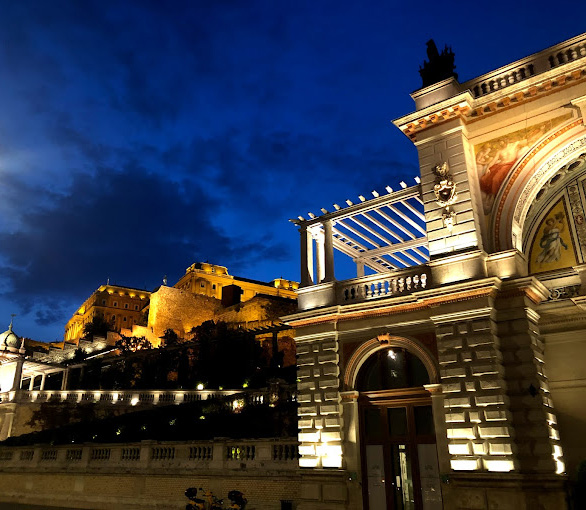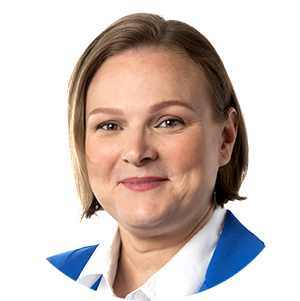June 26-28, 2025
16th IACD World Congress
The International Academy of Cosmetic Dermatology (IACD) in
collaboration with the Hungarian Dermatological Society is delighted
to hold the 16th IACD World Congress in Budapest, Hungary
as a joint event.
IACD Congress
June 26-28, 2025
0
DAYS
DAYS
00
HOURS
HOURS
00
MINUTES
MINUTES
00
SECONDS
SECONDS
Welcome Note

Days
+
Sessions
+
Topics
+
Presenters
Normal prices, until June 22, 2025
Registration fees
Registation fee
€ 450 /One Person
- Admission to main congress and company workshops, exhibition and poster area
- Congress bag with all materials incl. programme book, abstract book
- Admission to Welcome dinner
- Coffee breaks and lunches during main congress days
Registration fee
for Eastern European Countries*
€ 350 /One Person
- Admission to main congress and company workshops, exhibition and poster area
- Congress bag with all materials incl. programme book, abstract book
- Admission to Welcome dinner
- Coffee breaks and lunches during main congress days
10th INDERCOS International Dermatology and Cosmetology Congress participants
need to prove participation in INDERCOS
€ 350 /One Person
- Admission to main congress and company workshops, exhibition and poster area
- Congress bag with all materials incl. programme book, abstract book
- Admission to Welcome dinner
- Coffee breaks and lunches during main congress days
Registration fee
for resident doctors or students
with a document
€ 200 /One Person
- Admission to main congress and company workshops, exhibition and poster area
- Congress bag with all materials incl. programme book, abstract book
- Admission to Welcome dinner
- Coffee breaks and lunches during main congress days
* Belarus; Bosnia and Herzegovina; Bulgaria; Croatia; Czech Republic; Estonia; Georgia; Hungary; Latvia; Lithuania; Moldova; Montenegro; Poland; Romania; Russia; Serbia; Slovakia; Slovenia; Ukraine



